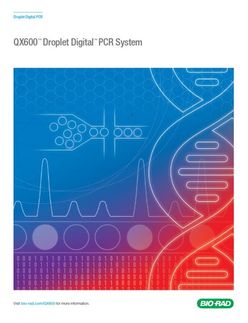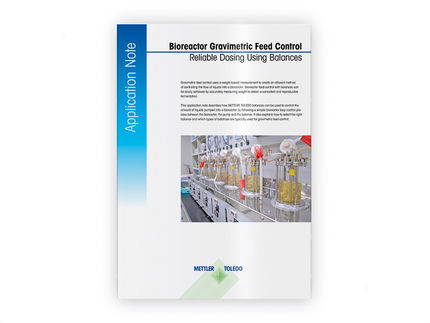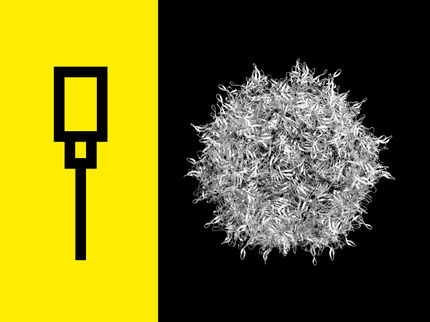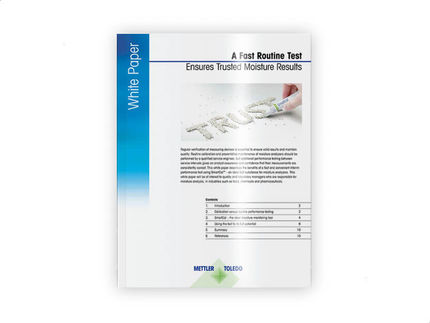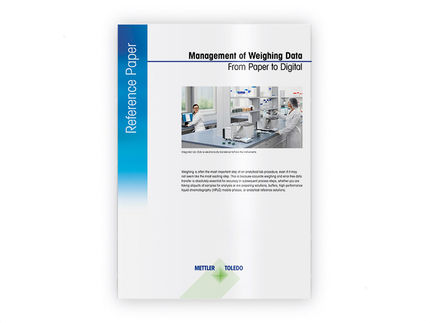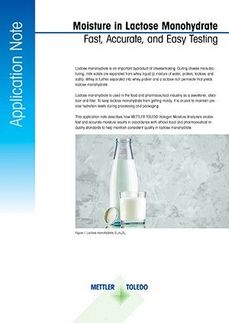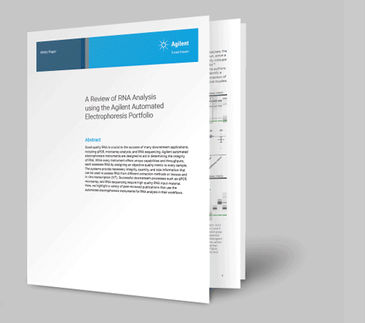Pipetting Toolbox for Life Sciences
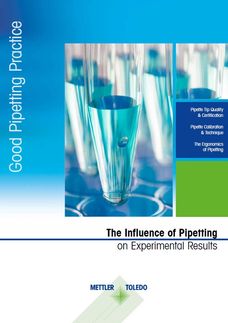
From academic labs involved in leading edge discoveries to testing labs that follow routine standard operating procedures, the data generated can be greatly influenced by the performance of the pipette and the technique of the user.
Pipette performance is a function of many factors, including keeping the pipette well maintained in order to achieve the desired performance and periodically checking to ensure that it meets the desired specifications. The other major factor, technique, requires users to develop their pipetting skill, such that maximum performance is routinely achieved and data is reliably produced
You don’t have to look very hard to find many papers full of ‘hints and tips’ about the importance of maintaining pipettes in good condition. It’s also easy to find guidelines on ‘correct pipetting techniques’. All of these stress the role that the pipette can play in the success or failure of experimental results.
The Influence of Pipetting on Experimental Results guide looks into several factors influencing research outcome in life science laboratories. The guide offers tips & tricks in the following fields:
- Pipette tip quality & certification
- Pipette calibration & technique
- The ergonomics of pipetting
Download white paper now
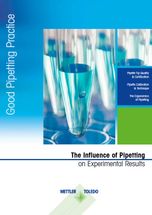
Pipetting Toolbox for Life Sciences
White Paper classification
White papers on related topics
Products on related topics
See the theme worlds for related content
Topic world Pipetting
Pipetting is one of the most basic yet critical techniques in the laboratory. It enables the precise and controlled transfer of liquids, which is essential for accurate measurements and reliable results. Whether in DNA analysis, cell culture or biochemical assays, correct pipetting significantly influences the quality of the results.
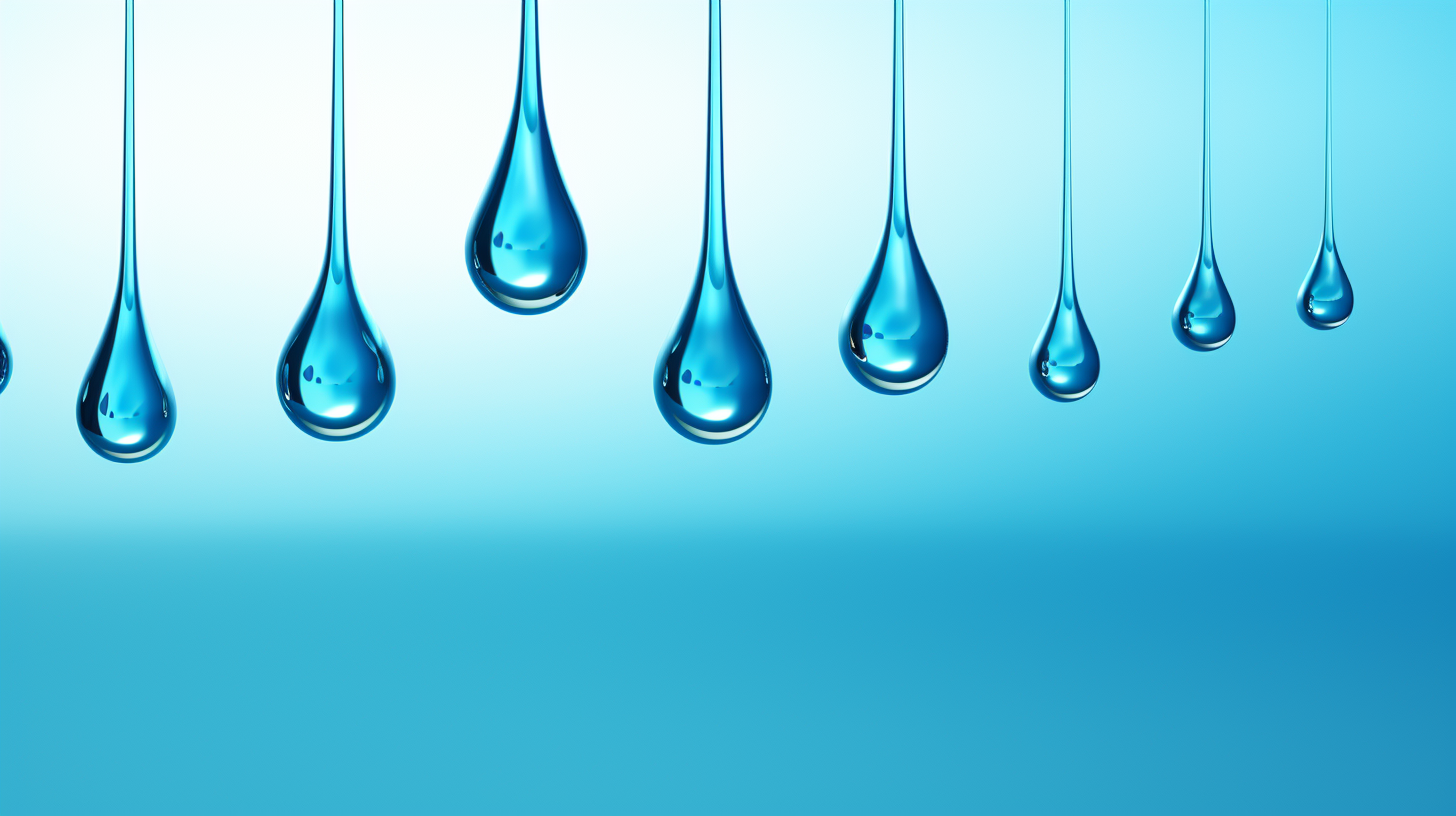
Topic world Pipetting
Pipetting is one of the most basic yet critical techniques in the laboratory. It enables the precise and controlled transfer of liquids, which is essential for accurate measurements and reliable results. Whether in DNA analysis, cell culture or biochemical assays, correct pipetting significantly influences the quality of the results.
